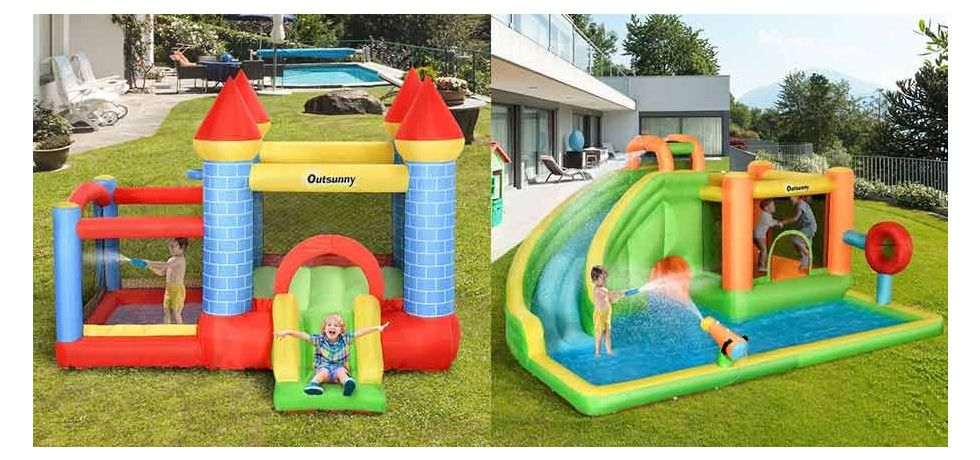Bouncy castles have become a popular attraction at parties, events, and amusement parks, providing endless fun for children and adults alike. While we often marvel at the excitement these inflatable structures bring, have you ever wondered about the electricity they consume? In this article, we will explore the energy consumption of bouncy castles and provide insights into how much electricity they actually use.
Understanding the Power Requirements:
Bouncy castles rely on air blowers to maintain their inflated shape. These blowers continuously pump air into the structure, keeping it bouncy and safe for use. The power requirements of a bouncy castle largely depend on its size, design, and the number of users it can accommodate.
Power Consumption Estimates:
On average, a standard-sized residential bouncy castle blower consumes approximately 500 to 750 watts of electricity. However, it's important to note that commercial-grade bouncy castles used in amusement parks or large-scale events may require more power due to their size and capacity. These commercial blowers can range from 1,000 to 2,000 watts or more.
Duration of Use:
The duration of bouncy castle usage greatly affects the overall energy consumption. For instance, a typical residential bouncy castle may be used for several hours during a party or event. However, commercial-grade bouncy castles may operate for longer durations, sometimes running continuously throughout the day. It's crucial to consider the cumulative energy usage if the bouncy castle is in use for an extended period.
Energy-Saving Tips:
To minimise the electricity consumption of a bouncy castle, consider implementing the following energy-saving tips:
a. Opt for energy-efficient blowers: When purchasing or renting a bouncy castle, choose equipment that utilises energy-efficient blowers. These blowers are designed to provide adequate airflow while consuming less electricity.
b. Proper maintenance and inflation: Regularly inspect the bouncy castle for any leaks or damage that may cause air leakage. Properly inflated castles require less power to maintain their shape, leading to reduced energy consumption.
c. Smart scheduling: Plan the usage of bouncy castles based on the expected number of attendees and event duration. This will help optimise power usage and prevent unnecessary energy waste.
Environmental Considerations:
While bouncy castles bring joy to many, it's important to be mindful of their environmental impact. Electricity consumption contributes to greenhouse gas emissions, so adopting energy-saving practices not only reduces costs but also helps reduce the carbon footprint associated with bouncy castle usage.
Conclusion:
Bouncy castles are a delightful source of entertainment, but they do require electricity to stay inflated and safe. By understanding the power requirements and implementing energy-saving practices, we can enjoy the excitement of bouncy castles while minimising their environmental impact. So, the next time you plan a bouncy castle adventure, keep in mind the importance of energy conservation and make your experience both enjoyable and eco-friendly.







